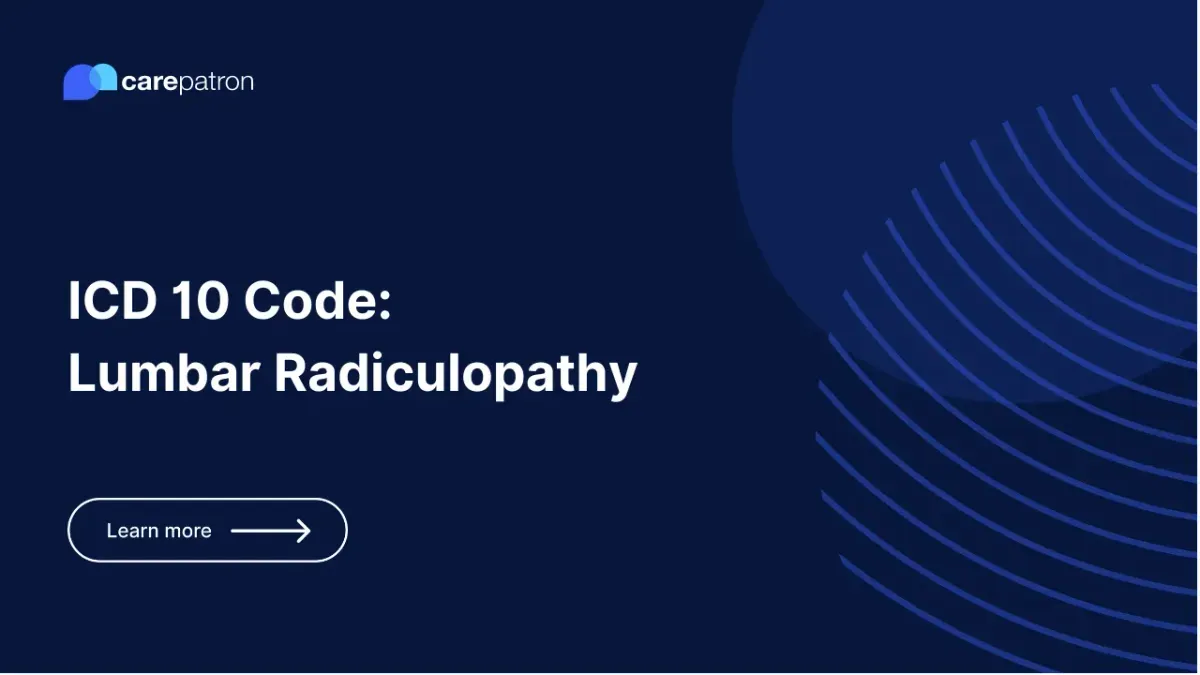
Lumbar Radiculopathy
Check out the list of ICD-10 codes used for lumbar radiculopathy, their billability, FAQ answers, and more.
Use Code
EHR and practice management software
Get started for free
*No credit card required
Free
$0/usd
Unlimited clients
Telehealth
1GB of storage
Client portal text
Automated billing and online payments
